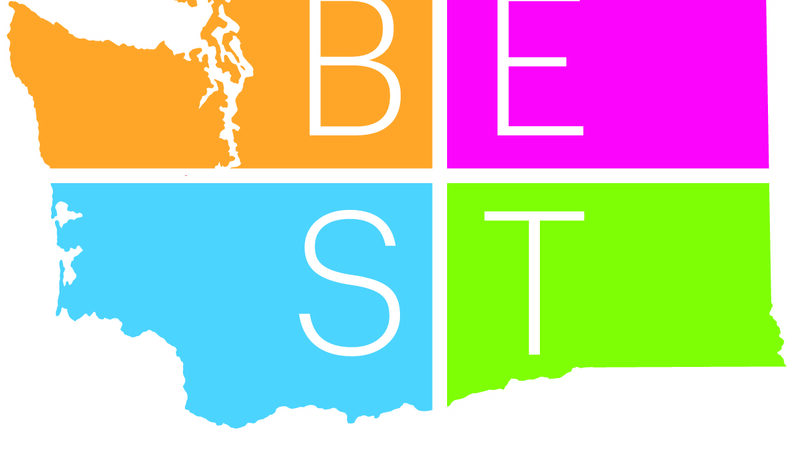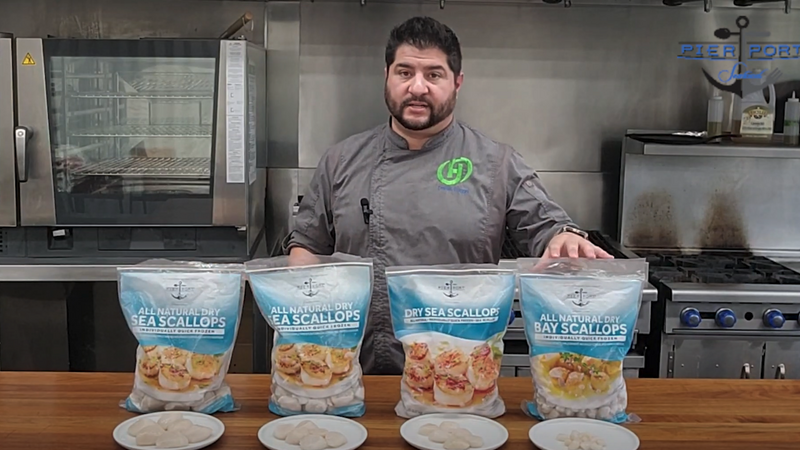News
June 28, 2020
Restaurant Restart - Back of House
Despite speculation, there are a few knowns that are sure to happen:
People will be more fixated and concerned for their health. Meaning that you, as an operator, will have to address those concerns. Previously established cleaning procedures that have worked for you in the past will ultimately have to be elevated and transformed into a sort of theatrics moving forward. Solely having a green smiley face report card in the front window and a glowing health inspection will not be enough to entice people to come dine with you. Cleaning procedures and protocols will have to be a prominent part of your daily routine. This is even more true if you have an open kitchen. Your guests will want to see the cleaning in action as much as the food preparation itself.
- Cleaning procedures will have to be active and prominent throughout the dining process.
- Transfer of cash will be contained to minimal, if not non-existent altogether.
- All staff (including wait staff as well as kitchen staff) will be wearing gloves, perhaps face masks
- ALL staff (both FOH and BOH) will have to maintain ongoing cleaning procedures to stay current and certified.
However we start out as an industry after COVID, a new norm will surely organically evolve as time progresses.
Menus:
The menu is the soul of the restaurant, the engine that drives the machine. The menu and cuisine define who you are as a restaurant and is the driving force behind enticing diners to your establishment. Moving forward, menu’s will be forced to take measures to ensure you are within the parameters of the new measures.
As it currently stands, 64% of consumers are hesitant about dining out, as they are (understandably) concerned for their health. That translates to only 36% of the population open to the idea of dining out. A shockingly low number! (source: Datassentials)
Keep in mind that there will unfortunately also be many restaurants that do not reopen post COVID. As sad as that reality is, it means there will be less competition to potentially lead those diners elsewhere. The percentage of restaurants that do not reopen is anyone’s guess right now. As of now, the CDC and FDA have not linked a direct correlation between COVID-19 and food, but this era is too recent and there are too many unknowns for consumers to think otherwise.
For operators who are thinking about jumping right back into their old menu, consider the startup costs and the financial effect that it may have on your bottom line. Whether you have been closed during the entire pandemic or remained open for take-out and operating on a limited menu, full reopening will be akin to opening your doors for the first time; with a limited number of guests walking back through the doors.
Condensing your menu to an appropriate size will be dictated by several factors:
The number of employees that will be coming back to work.
You may be reopening with less staff as many are currently making more money on unemployment. Which is fine initially, as you most likely will not have the same volume of customers as you did pre-COVID-19.
The number of products that you can cross-utilize.
Minimizing your inventory will allow you better control your costs and minimizing spoilage, which equates to lost opportunity costs.
Using your POS data to determine best sellers and create your condensed menu accordingly.
A significant number of patrons are sure to flock to their old favorites to enjoy those classics that they have been missing during quarantine. Think about how many times you have heard over the last several months someone say, “as soon as this is over, I am going to ___ and ordering ____!” Using your POS will assist you in filling out those blanks. If you are known for something unique, now would not be the time to take it off your menu.
Utilize your resources.
Harbor Foodservice offers a team of highly experienced restaurant consultants to aid you in re-opening, establishing and implementing protocols, and managing your costs.
Consider using value-added, pre-cut, or pre-cooked proteins or vegetables to minimize your production hours. See a list of commonly used and available options HERE.
Be aware of where your product comes from.
Due to activity in recent media, the general public will more likely be wanting to know where their food comes from. Despite where you are purchasing from, it would be beneficial to be armed with that knowledge.
Cuisine type.
Comfort food has come to the forefront of prominent cuisine. Many restaurants, from nationally acclaimed to local mom and pop operations have deviated from their normal offerings to bring classics such as whole roasted chickens, lasagnas, and stews to the masses. Moving forward, there will most likely still be a demand for meals such as these family centered meals that diners have become familiar with.
Be aware of what consumers want. Diners are more likely to seek out cuisine that not only quenches their craving but has nutritional value as well. We have compiled a list of available immune boosting foods here.
Don’t shy away from what you do well. Consumer data is trending toward well-executed “elevated” dishes, more complicated preparations, food types difficult to find in grocery stores, and recipes hard to recreate at home.
Execution
As aforementioned, you may be re-opening with less staff than you were before. To save on labor costs, you may be bringing back those lower wage employees, which may equate to less skilled or experienced cooks. Make sure that the skill level involved in your recipes and procedures are on par with the abilities of your staff.
Availability
This pandemic has affected all aspects of food production from farms to production facilities. Some of the largest meat processing plants in America have been forced to temporarily close their doors due to employees testing positive. This has not only driven to decrease in supply and productivity, but an increase in price as that demand starts to climb again. If you have gone to a grocery store lately, you may have noticed that the protein aisles look desolate. This supply chain issue is affecting your vendors as well. Make sure to keep the line of communication open with your partner vendors and be open to the possibility of product substitutes as supply and demand regain an equilibrium.
Labor
Just as menus are the engine behind your restaurant, employees are the fuel that keeps that engine running, and that labor pool is currently in a discombobulated state. Labor could be a potential issue moving forward as many industry folks have discovered that depending on where they were in the hierarchy, they are currently making more money with the CARE act.
With a potential Phase II launch date in sight, many operators are beginning the process of reaching back out to those employees that were furloughed, only to be declined. Family needs, lifestyle dynamics, temporary CARE Act stimulus, and vague Phase II employee guidelines surrounding workplace health & safety are sure to present challenges in your efforts to adequately re-staff. I would urge you as an operator to counsel the employee about the temporary nature that these benefits will not last forever, the longer they wait, opportunities for employment will become harder and harder to come by. By contracting those employees early that are willing to accept the reality of the situation, you are also contracting the more responsible and mature employees as well, which ultimately portrays better for your business.
Wherever you land post-COVID-19 when you’re able to open your doors again to the public, embrace the changes and see it as second opportunity for a first impression. Review your online reviews and look for any commonalities; see this as an opportunity to fix those perceived shortcomings and build on your success. If ever you wanted to try something new, or have been putting off changes, there will (fingers crossed) never be another opportunity such as this where the whole world stops. Over the last few months, I have spoken with countless people in our industry, many of whom have become frustrated with the volatility of our industry, and many talented professionals are researching other career paths and income streams. Only time will tell what sort of long term affects this has on restaurants and their workforce.
Phase II
The Governor of the state of Washington has outlined a detailed plan for food service industry to begin the process of reopening their doors. Depending on the category under which you fall, you will be legally required to follow certain protocols. You can see the full list HERE
It is important to read these guidelines carefully and adhere to all of them before reopening to fully comply with the law. If you need assistance establishing or implementing any of these guidelines, please feel free to reach out to myself or your Harbor territory consultant.
For more information or engagement, please contact myself, Chef Derek Bugge Derek.Bugge@harborfoods.com or by phone at 206.697.3301.
For FOH or operational information, contact Andy Cook at Andy.Cook@harborfoods.com or by phone at 360.701.1577


